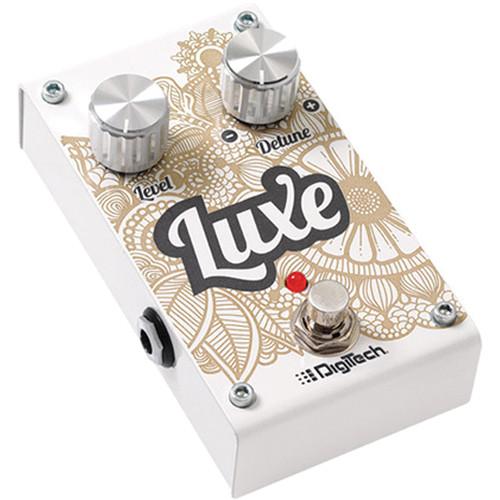

Some other pedals can produce multiple copies of the input signal and pitch-shift these copies differently. Others can output a blend of the pitch-shifted and direct signal, allowing for harmonization with the input notes. Some pitch-shifters will only output the shifted/affected signal. Polyphonic pedals can distinguish between notes in a given signal (between fundamental frequencies of certain notes and harmonics from other notes) and affect more than one note at a time, allowing chords to be pitch-shifted up or down. Monophonic pedals can only affect one note at a given time and are easily overloaded if any additional frequency information is included in the input signal. Pitch-shifters can be monophonic or polyphonic. It does so via electrical means, bringing objectivity to the perceived nature of musical pitch. Pitch-shifting pedals need to act in real-time.Īs the name suggests, pitch-shifting works by altering the pitch of the input signal and outputting a signal with a different musical note.

However, this isn't how pitch-shifter pedals work. Pitch scaling is the process of changing the pitch without altering the speed. Note that time stretching is the process of changing the speed/duration of an audio signal without altering the pitch. Another example would be to adjust the motor speed of a reel-to-reel tape recorder. For instance, we could change the sample rate of a digital audio workstation from the sample rate the audio was recorded in. This can be done by playing an audio file at a different speed than it was recorded. This pitch-shifting is a by-product of time-shifting and is often referred to as “pitch controlling”. The easiest way to achieve pitch-shifting is by speeding up or slowing down audio. While pitch alterations are obviously possible on tuned instruments, pitch-shifting is a purely electrical occurrence where an audio signal is manipulated to sound higher or lower in pitch. I've written about the relationship between pitch and frequency in my article Fundamental Frequencies Of Musical Notes In A=432 & A=440 Hz if you'd like to check that out. In western music, the two most common tuning systems are 12-tone equal temperament with A 4 = 440 Hz or A 4 = 432 Hz The exact note value of a given pitch (with its fundamental frequency) is largely determined by the tuning system used. That being said, all these sounds have frequencies within the audible spectrum. Noise also has no pitch, generally speaking. Percussive instruments like cymbals and drums can be “tuned” but typically lack a distinct musical pitch. Note that pitch is truly only applicable to tuned instruments. A note with a lower fundamental frequency will be lower in pitch.

The fundamental frequency (the lowest frequency of a note being played by a tuned instrument) is generally the most linked to musical pitch.Ī note with a higher fundamental frequency will be higher in pitch. Musical pitch and notation are related to frequency, though not entirely linked. This auditory sensation allows us to relate the positions of different notes within the context of a musical melody. Musical pitch is a perceptual property of sound that allows listeners to qualify different sounds as being higher or lower in terms of musical notation. This discrepancy is worth noting before we begin. The electronics (whether analog or digital) found in pitch-shifting pedals, however, act objectively. The first thing to point out is that pitch is a subjective/perceptual property of sound (that translates into audio). Where Should Pitch-Shifting Pedals Go In The Signal Chain?īefore we get into our discussion on pitch-shifting pedals, it's important to define what pitch is.Top 9 Pitch-Shifting & Harmonizer Pedals For Guitar & Bass.Top 11 Best Guitar/Bass Effects Pedal Brands To Know & Use.The Ultimate Effects Pedal/Stompbox Buyer’s Guide.
DETUNE PEDAL GUITAR HOW TO
I’ll share a few pedal examples along the way and tips on how to get more out of your pitch-shifting pedals. In this article, we’ll discuss dedicated pitch-shifting pedals in much more detail, along with the other effects types that utilize pitch-shifting in one manner or another. These pedals read the harmonic content of the input and shift it accordingly. The pedal may output the shifted signal or a mix of the direct signal and shifted signal(s). What are pitch-shifting guitar pedals, and how do they work? A pitch-shifting guitar/bass pedal is a stompbox unit that affects the pitch (frequencies and note value) of the input signal. Pitch-shifting pedals, and those pedals that utilize pitch-shifting, are among the most amusing to play through and can truly open a whole new realm of sonic and harmonic capabilities on guitar, bass and other instruments.


 0 kommentar(er)
0 kommentar(er)
